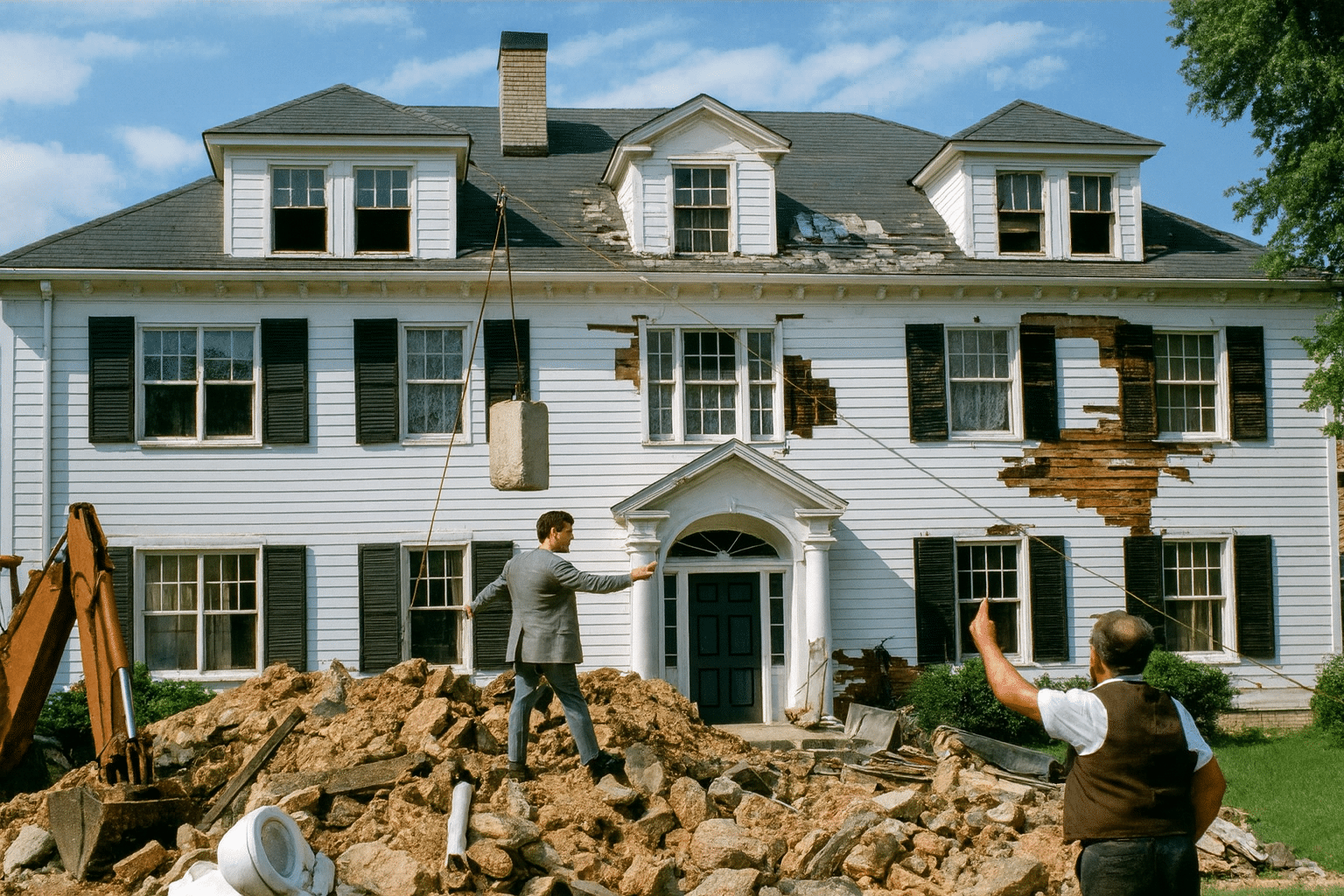
New Construction vs. Fixer-Upper: What’s the Smarter Move in 2025?
For the first time in years, resale homes — the charming older ones that often need updates — are actually selling for more than brand-new builds.
The latest stats tell the story:
- Median existing home price: $429,400
- Median new construction price: $410,800
That’s an $18,600 gap — and this time, the “cheaper” option is the new home.
If you’ve been assuming an older property would be easier on the wallet, you might want to rethink that. Let’s unpack what’s driving this shift and why it matters if you’re planning to buy in 2025.
How We Got Here
Not long ago, new homes carried a hefty premium. Between 2010 and 2019, the average price difference between new and existing homes hovered around $66,000. Even over the last five years, the gap averaged about $25,000 in favor of resales.
That changed in 2024. By midyear, resale prices had climbed past new home prices for the first time — and the trend has stuck around in 2025.
Here’s the kicker:
- New home prices fell 0.9% year-over-year.
- Existing home prices rose 1.7% in the same period.
The Hidden Cost of a “Bargain” Fixer-Upper
Buying a home that needs work sounds like a smart move — until you factor in today’s renovation reality:
- High materials and labor costs: Lumber, roofing, and skilled trades still come at a premium.
- Delays are common: You could wait weeks or months just to get a contractor out for an estimate.
- Unexpected repairs: Older homes can hide expensive surprises like outdated wiring or hidden water damage.
- Time equals money: Every delay means more carrying costs, stress, and lost time before you can move in.
When you add up the real costs, a fixer-upper can easily surpass the price of a move-in ready new build.
Why New Homes Are Holding the Advantage
Builders are playing it smart in this market. They’re:
- Designing smaller, more efficient floor plans.
- Choosing locations that keep prices competitive.
- Offering perks like interest rate buydowns, help with closing costs, and design upgrades.
Because they build at scale, they can keep costs in check while sweetening the deal for buyers. That’s why new home prices are softening even as resale prices climb.
When a Fixer-Upper Still Makes Sense
There are still cases where buying an older home to renovate is the right move:
- You’re getting it well below market value.
- You have the time, budget, and crew (or skills) to do the work.
- You want a neighborhood where no new builds exist.
- You’re aiming for a custom remodel that reflects your personal style.
The Takeaway for 2025 Buyers
The old rule that “resale is cheaper” no longer applies. In today’s market, you could spend more for a home that needs repairs than for a brand-new one with modern features, energy efficiency, and a builder warranty.
Before you make an offer, run the numbers for both options. Compare incentives, location, and total costs — not just the sticker price.
You might find that the home you thought was out of reach could actually be the better deal.
Luxury Specialist at McGraw Realtors
With a diverse background, including a career as an Air Force fighter pilot and entrepreneurship, Bill transitioned to real estate in 1995. Co-founding Paradigm Realty with his wife, Charlene, he quickly rose to prominence in Oklahoma City’s luxury real estate scene. Now, as one of the top agents with annual sales surpassing $20 million, Bill’s dedication to exceptional service remains unparalleled. With a legacy spanning over two decades in the industry, Bill’s expertise and commitment make him a trusted name in luxury real estate.